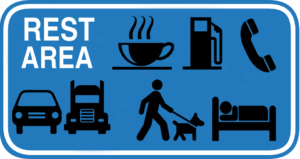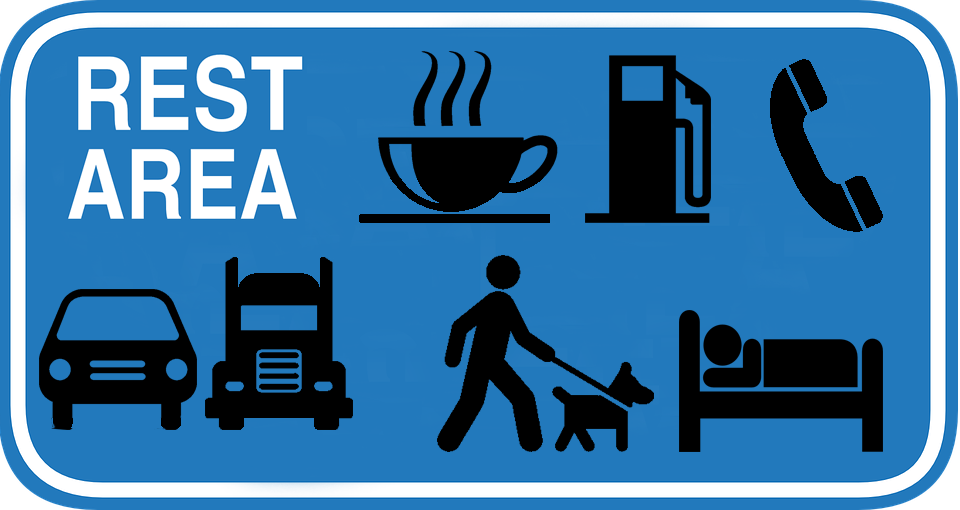
Most motorists pay little attention to “rest stops” along the highway. But, some traveling Americans look for them and appreciate a place to enjoy a snack or a short nap. Now, state legislators are beginning to look at highway rest areas as very attractive, hot properties. That’s because of their revenue-producing potential.
What’s turning heads in numerous state houses is the amount of revenue that can be generated when a department of transportation partners with a private-sector firm to re-energize rest stops. Many states are now collaborating with private-sector partners who will build, operate and maintain interstate rest areas. In Connecticut, the state’s public-private partnership (P3) venture to commercialize 23 rest stops is projected to net the state $100 million over the contract period.
Delaware operates a welcome center built through a public-private partnership. It was built at no cost to the state in 2010. It is maintained and operated by a private-sector partner…and it generates a revenue stream of $1.6 million back to the state each year.
 The latest state to jump on the commercial rest area bandwagon is Arizona, where Gov. Doug Ducey would like to see a Starbucks store or a restaurant located on state property that adjoins a rest stop. Discussions have also included the addition of retail gas sales. The governor is hopeful that while the state maintains ownership of the rest area land, companies and vendors will pay the state for the opportunity to locate there. Some governors are even negotiating a percentage of the revenue generated from sales at rest areas on heavily trafficked roads.
The latest state to jump on the commercial rest area bandwagon is Arizona, where Gov. Doug Ducey would like to see a Starbucks store or a restaurant located on state property that adjoins a rest stop. Discussions have also included the addition of retail gas sales. The governor is hopeful that while the state maintains ownership of the rest area land, companies and vendors will pay the state for the opportunity to locate there. Some governors are even negotiating a percentage of the revenue generated from sales at rest areas on heavily trafficked roads.
But, of course, there’s a hurdle to overcome. A 1950s law stands in the way – prohibiting commercialization of rest areas on highways built with federal funding. States that had them operational by the start of 1960, however, are grandfathered.
Ducey is lobbying U.S. Transportation Secretary Elaine Chao to help repeal the law. In the meantime, he is also asking for a waiver that would allow his state to have a commercialization pilot project to confirm, or verify, the advantages of a collaborative arrangement with a private-sector partner.
Ducey and officials from other states interested in commercializing rest stops could get some high-level support for repeal of the 1950s law. In his proposed 2018 federal budget, President Donald Trump has outlined his support for commercial rest areas. Also, his initial $1 trillion infrastructure plan relied heavily on private capital investment for infrastructure reform.
Most traditional rest areas are old and need maintenance or replacement. Some are even being closed. Maintenance costs are growing and replacement costs are extremely high. Florida closed an aging rest stop that did not see much traffic, saving approximately $300,000 on maintenance costs.
Connecticut is trying to be the poster state for successful rest stop transformations. The state’s department of transportation (DOT) is now responsible for maintaining the areas and may seek a private-sector partner or two with the possibility of offering food, gasoline and other conveniences.
With waning financial support from the federal government for state infrastructure-related projects, some DOTs see commercialization of rest stops as a way to have it all – convenient, well-maintained rest stops as well as revenue-generating partnerships that provide alternative funding for other transportation projects.
These are the types of partnership projects that taxpayers, and especially motorists, should embrace.
